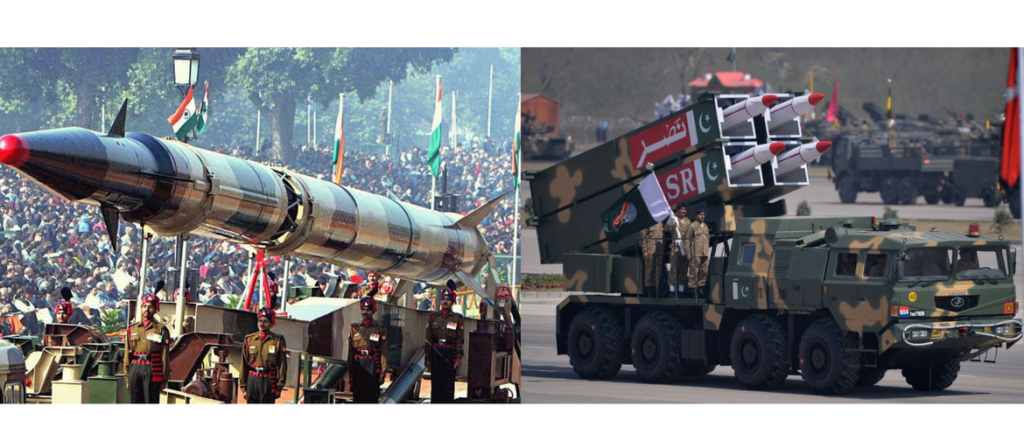We are pleased to announce the release of a special video series, “Retrospectives on India and Pakistan’s May 1998 Nuclear Tests,” to mark the 20th anniversary of the subcontinent’s overt nuclearization. This series will begin with interviews with three figures who were involved in high-stakes U.S. diplomacy following India and Pakistan’s tests:
- Strobe Talbott, former deputy secretary of state at the U.S. Department of State;
- Robert Einhorn, a former special advisor for nonproliferation and arms control at the U.S. Department of State; and
- Gen. Anthony Zinni, a former CENTCOM commander.
Mr. Einhorn’s interview is available now on YouTube. The other interviews will be made available in mid-June.
After the tests, President Bill Clinton directed then-Deputy Secretary of State Strobe Talbott to engage in “strategic dialogues” with senior officials in India and Pakistan. The Clinton administration wanted both countries to sign the Comprehensive Nuclear Test-Ban Treaty, limit the deployment of ballistic missiles, and subscribe to other measures of strategic restraint. Neither country was willing to adopt measures beyond tightening export controls.
India and Pakistan have implemented a few confidence-building measures and improved nuclear security in the intervening years. These positive steps have been undermined by negative developments. Stockpiles of missiles and warheads have been expanding. The interactive nuclear competition among China, India, and Pakistan shows no signs of slowing down. Counterforce capabilities suitable for warfighting doctrines appear to be in the offing. Severe interstate crises have occurred despite the presence of nuclear weapons. Diplomacy to resolve bilateral disputes has stagnated. And an increasingly assertive China is introducing a new element of uncertainty in regional security calculations.
Amid these evolving strategic dynamics, Stimson’s South Asia Program has launched an open online course, “Nuclear South Asia: A Guide to India, Pakistan, and the Bomb,” which is available for free at www.nuclearlearning.org. It includes 8.5 hours of video content and features lectures from more than 80 renowned scholars and practitioners. 1,500 students (and counting) have enrolled and many have gone on to complete the course requirements and earn a Stimson-issued certificate. A second course on deterrence will be released next year.
We are deeply indebted to Mr. Talbott, Mr. Einhorn, and Gen. Zinni for agreeing to participate in this special series. We hope students of “Nuclear South Asia” will take advantage of this opportunity for supplementary learning twenty years after India and Pakistan detonated nuclear devices.
For more on the 1998 nuclear tests, including Indian and Pakistani perspectives, we encourage you to enroll in “Nuclear South Asia” at www.nuclearlearning.org, follow the Nuclear Learning Facebook page, and subscribe to the Nuclear Learning YouTube channel.

